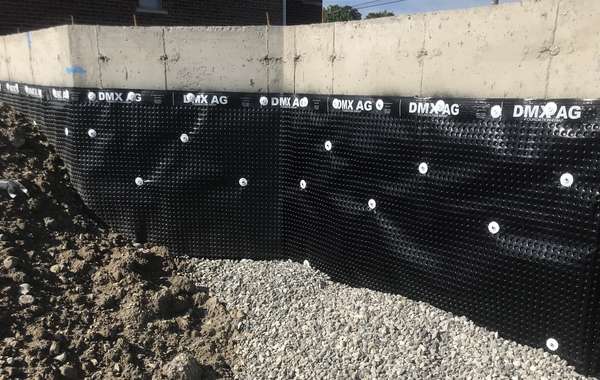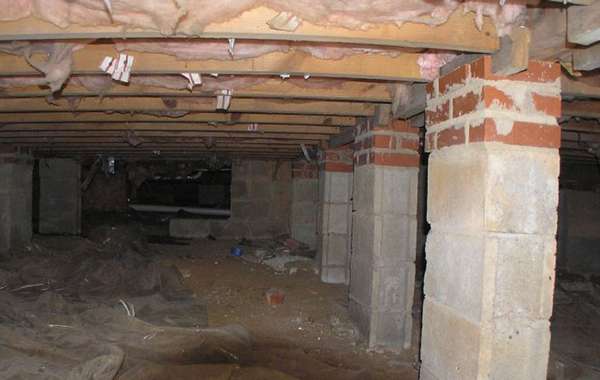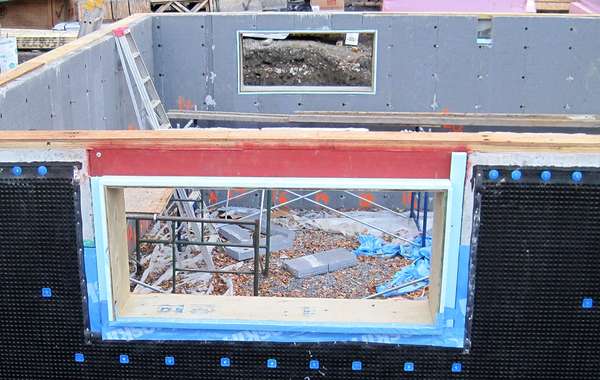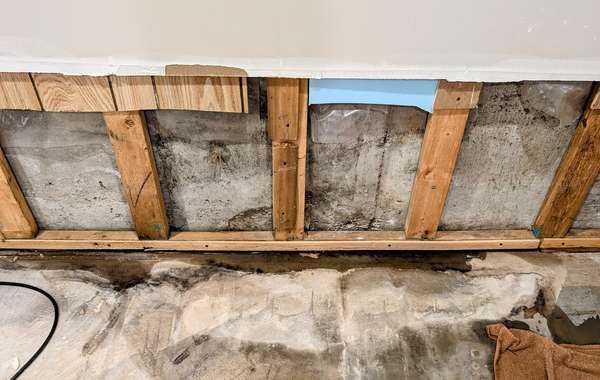What is the best way to insulate the basement of an old house?
I read your article about insulating interior basement walls, using eps or Rockwool comfort board then 2 x 4 studs with rockwool bats. I've also seen the part about possible breaking floor for a complete reno. I'm just wondering if the poly is against the concrete or between the 2" layer of EPS and stud wall, as well as if poly extends to bottom of first floor or stop at top of concrete? Plus, if I don't have time can I add to ( tape) floor section later. I would like to insulate the walls first then decide later to do the whole floor? If I don't want to do the whole thing (floor) is the poly necessary on the wall? I wanted to find out what is required, I like the idea of Rockwool all the way, but if it is better to go with EPS then bats. Thanks for your help!
Bryan


























If you’ve read our basement articles then you know we think EPS and Rockwool are both great options for basements, though they behave very differently. For any other readers, catch up with this page here about how different rigid insulation panels work -
How to fix or prevent mold in basement renovations
The poly vapor barrier that you may have seen in that article is mostly to satisfy building inspectors, or to be used as part of a radon gas barrier. Often times an inspector won’t sign off on a basement renovation project unless they see plastic on the walls unfortunately. It isn’t really needed for function since 2 inches of EPS foam acts pretty much as a type II residential vapor barrier, but I would put the vapor barrier right against the foam and do the poly on top.
And as for finishing the floor afterwards, yes you can, but I’m wondering if you’re in a high-risk area for radon gas, and are you considering a radon barrier? If so, then leaving some excess poly along the bottom of the wall would allow you to marry it to a floor membrane and create an air seal against soil gas.
As for the top of the wall, how were you going to insulate the rim joists? Spray foam is an option for there (it’s not necessarily the cheapest option but it works well) and it would allow you to create a continuous barrier if you extend the poly into it. If so, check out our article about Spray foam manufacturers with eco-friendly blowing agents to help you choose the best products. Does that help or answer your questions?